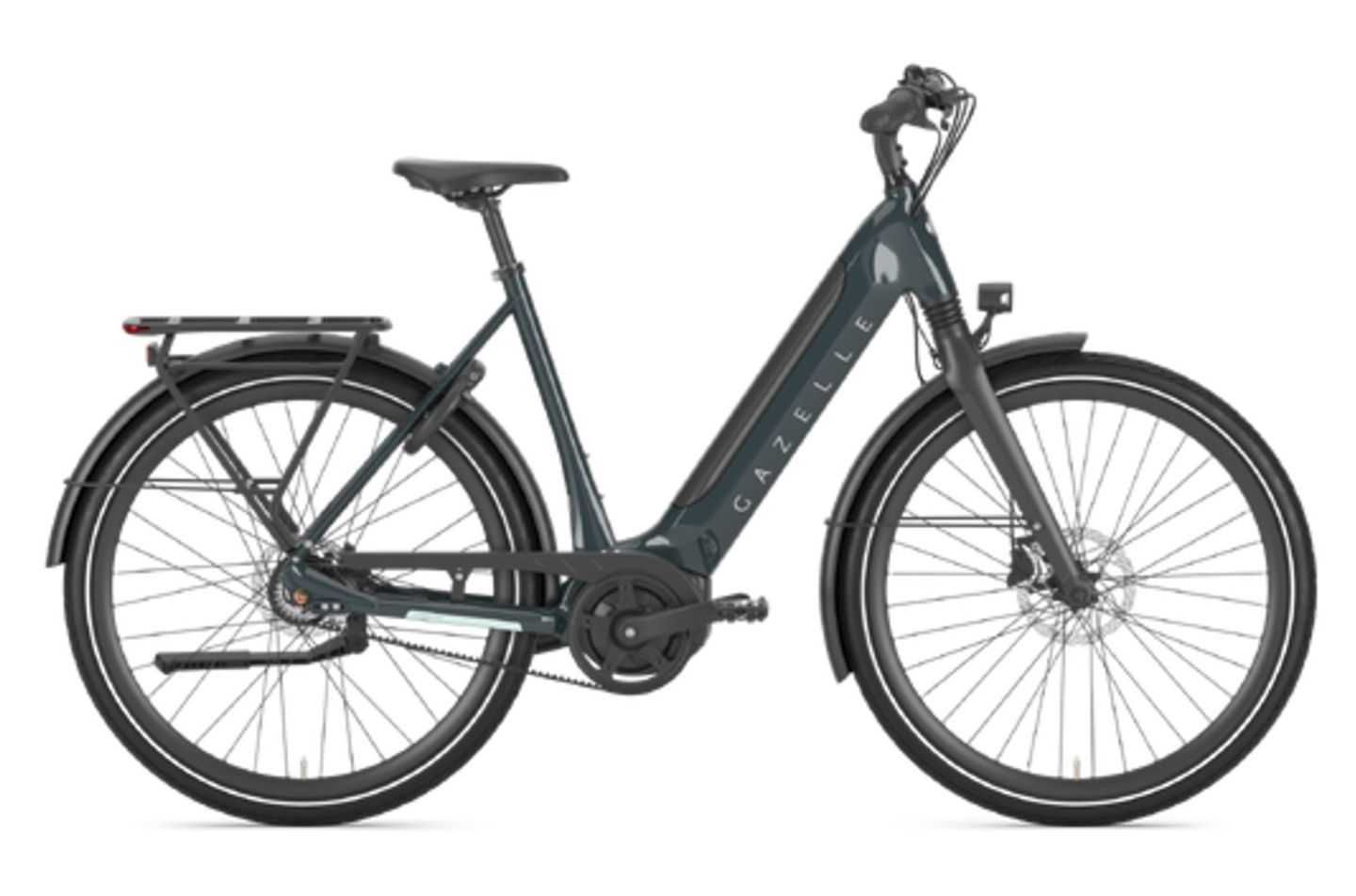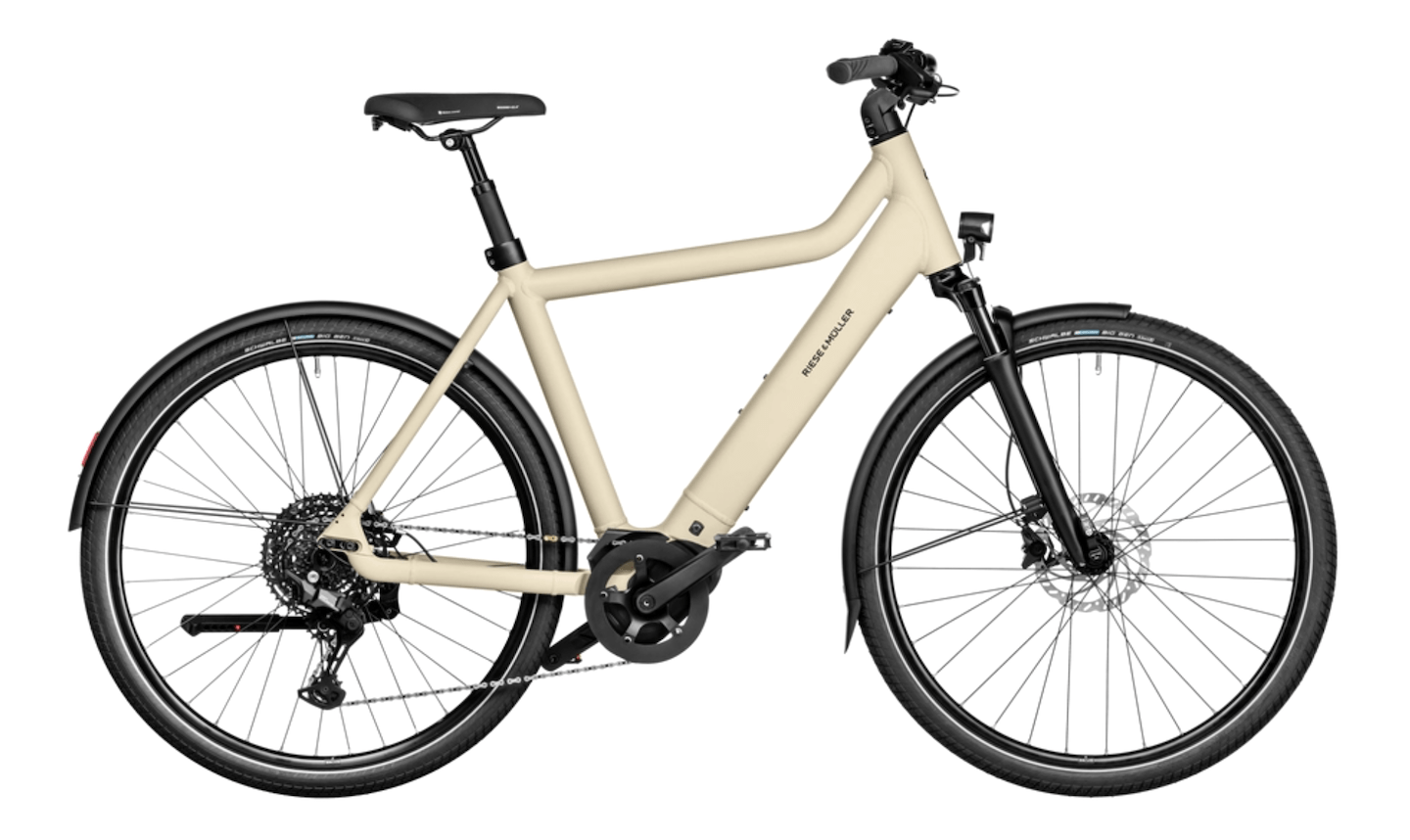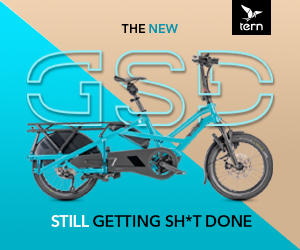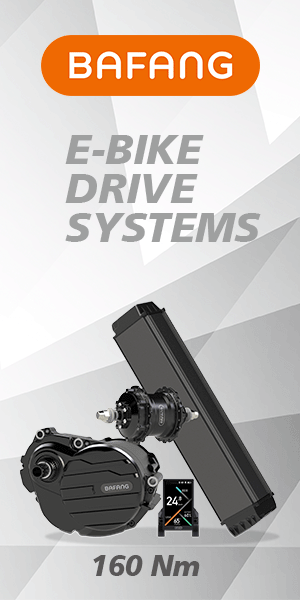May 14, 2020 - Cycling is the hyper-efficient, quick and cheap option that will enable a boost recovery for Europe. The European Cyclists’ Federation issued
a set of recommendations to promote cycling in Europe.
“This is not a matter of sustainable mobility anymore: more and better cycling has become a primary health issue. And if we want to reap the benefits bicycles can provide, we must ensure the measures we are taking will stay in the future. This is our opportunity to redesign cities for good, we can’t waste it with temporary solutions,” said Morten Kabell, co-CEO of ECF.

During the quarantine, cycling has proven to be the safest, most efficient mode of transport we have. It cuts air pollution, which is likely to help spread the virus, and guarantees social distancing between commuters. In order to ensure a fast recovery, the European Cyclists’ Federation (ECF) issued a set of recommendations for European, national and local authorities to promote cycling.
Cars have almost disappeared from the streets of Europe, bringing noise and air pollution levels down to historic lows. On the other hand, bicycles have emerged as the best option to do essential trips, deliver food and medicines, and get physically active. Never before have we been able to see, in such a clear way, the impact of our current mobility model on health, the environment, equality and safety. And never has such a great share of the population realised that private motorised mobility is far from the ideal commute.
Yet, the prospect of another traffic jam clogging our cities and polluting our air is not difficult to imagine. With public transport operating at reduced capacity, the only truly viable alternative we have to relaunch our economy and society is active mobility. Cycling is the hyper-efficient, quick and cheap option that will enable a boost recovery for Europe, instead of a slow and clumsy one.
“We have put together a set of recommendations for new streets that will unlock the full potential of cycling mobility. These solutions will enable extensive benefits in terms of traffic efficiency, a local economy reboot, public health savings. We call on all municipalities, regions and national governments to adapt these principles to their local context and give Europe a head start in the recovery phase”, said Jill Warren, co-CEO of ECF.
- Cycling infrastructure networks
A well-designed network of bicycle infrastructure is essential to the promotion of cycling as a safe, efficient and healthy mode of transport. A comprehensive network of so called “COVID lanes” will immediately facilitate cycling access in cities. Following the example of Berlin, Budapest, Paris, Rome, among many others, a total target of 95,000 kilometres of roads should be repurposed for cycling. The deployment of various elements of street furniture can help ensure that the segregation of modes is respected by all users.
To further improve the efficiency of the investment, these elements should then be reconciled and integrated in the permanent urban infrastructure.
- Reduce traffic speed limits
Road safety experts agree that speed is one of the major threats to safer streets. Reducing traffic speed in cities to 30km/h (if not lower) is the first step to achieve that goal and would not make overall mobility any slower. The City of Brussels took an exemplary measure, reducing speed limits to 20 km/hour in all streets inside the inner ring road.
- Incentivise positive change, disincentivise business as usual
Together with Cycling Industries Europe and several other bicycle organisations in Europe, we are calling on the European institutions to create a €5 billion centralised EU e-bike Access Fund. Establishing a set of subsidies scheme for the purchase of (e-)(cargo)bikes can go a long way in nudging people in the right direction.
On the other hand, we need to reduce the over €100 billion congestion costs in European cities (more than 1% of the EU GDP per year). Looking for a solution, ECF studied the implementation of congestion charges in 4 cities over many years: Milan, London, Gothenburg and Stockholm. The ECF report “Congestion charges and cycling” proves the success of investing revenues from congestion charges into a sustainable mobility plan, and particularly cycling. With different approaches, the 4 cities achieved similar, positive results: introducing a congestion charge scheme created net revenues, reduced congestion, improved air quality and was beneficial for sustainable mobility.
- Cycle logistics
Right-turning trucks in urban areas are one of the leading causes of deadly and life-changing accidents with cyclists. Also, over 90% of all commercial vans and trucks currently circulating are diesel-fuelled. The promotion of alternatives such as cycle logistics for the last-mile delivery is essential. The Horizon2020 EU-funded project City Changer Cargo Bike has already collected a number of valuable resources to guide cities and businesses in the process of converting their urban logistics into a more efficient, cleaner and infinitely safer system.
At a national and European level, stricter safety and visibility standards for lorry manufacturers must be imposed. While the revised General Safety Regulation already represents a great leap in cycling safety, the EU must firmly lead the negotiations at the UN to define the exact technical specifications for each of the measures.
















